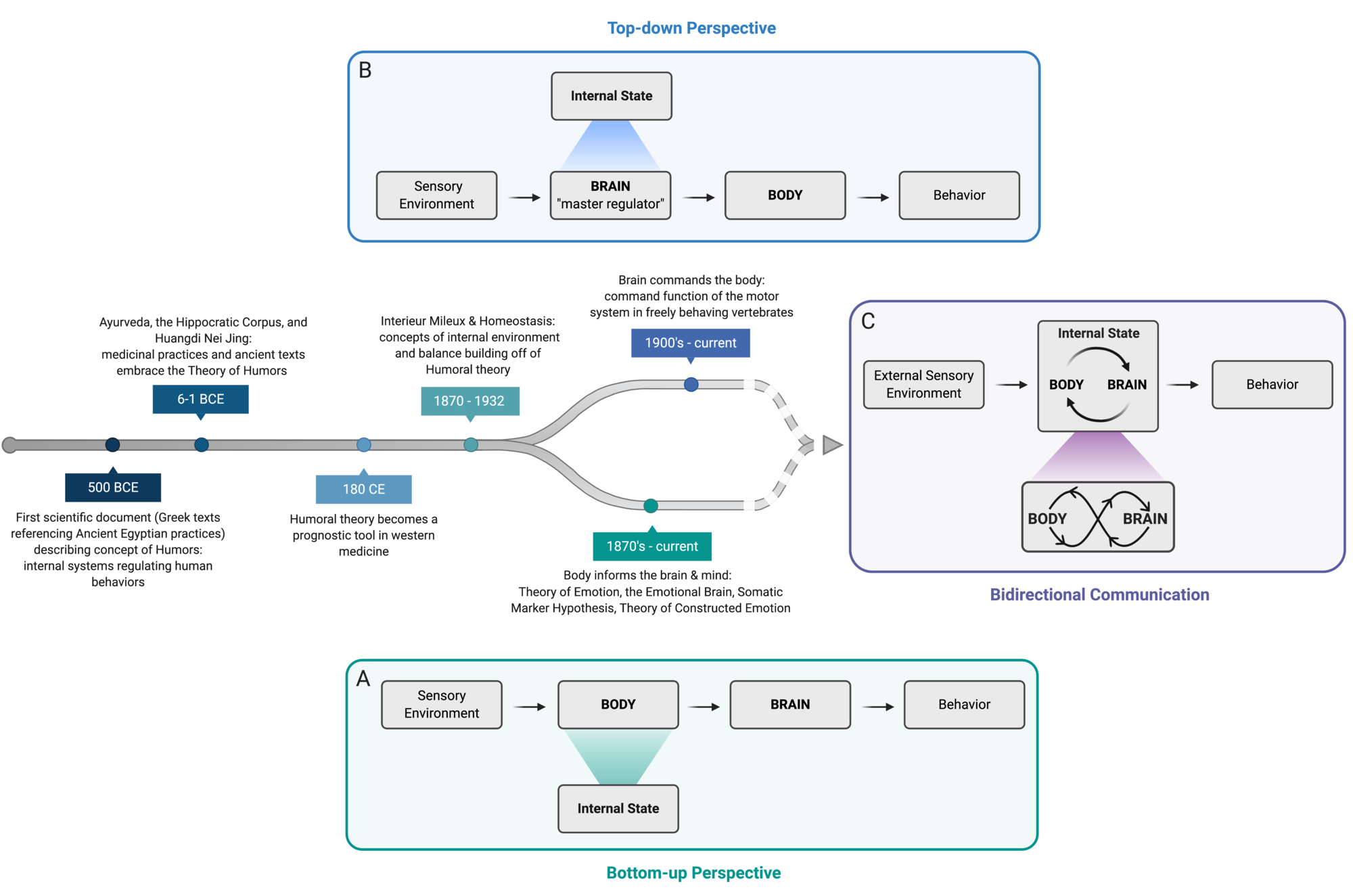Research
I am interested in understanding how animals detect, integrate, and process sensory cues in order to make appropriate behavioral decisions, such as where to forage or how to interact with other organisms in their environment. My research uses behavioral, anatomical, physiological, and computational tools to study the neural circuits that underlie behavior, in a range of invertabrate models systems (fruit fly larvae, beetles, and leeches). I have primarily focused on how organisms use the chemosensory cues of olfaction and gustation to inform behavior. Below are some of the recent and ongoing projects I am working on:
CHEMOSENSORY PROCESSING

- Si*, Kanwal* et al., Neuron (Samuel lab, Harvard)
- Droujinine et al. (in review) (Perrimon and Samuel labs, Harvard)
EVOLUTIONARY NEUROSCIENCE

MULTISENSORY INTEGRATION

- Odor-Taste Intergation in the Drosophila Larva (Samuel/de Bivort labs, Harvard)
- Visual-Mechanosensory Intergation in the Medicinal Leech (Wagenaar lab, Caltech)
- Multimodal Integration across Spatiotemporal Scales to Guide Invertabrate Locomotion (see Mongeau et al., ICB)
INTERNAL STATES: BODY-BRAIN COMMUNICATION

Our internal state fundamentally alters our perception of the environment and our behavior. Yet, the functions and structures underlying internal states are often amorphous or undefined. As an interdisciplinary group of scholars spanning five career stages and academic institutions, we came together to explore the question: what are internal states and how are they represented? We propose a framework of internal state that centers on the dynamic and interconnected communication loops between the body and the brain. Specifically, we focus on recent studies that highlight the importance of body-to-brain interactions via signalling between the endocrine and neural systems. Together, these ideas reflect the perspective of internal state as a distributed body-brain network that dynamically operates over multiple spatial and temporal scales. This integrative framework of internal state blends paradigms used by neurobiologists, ethologists, physiologists, and endocrinologists.
Research Fellowships
|
|
BBE Postdoctoral Research Fellowship (2023-2025)
|

|
L’Oréal USA For Women in Science Fellowship (2023-2024):
Neural Basis of Interspecies Interactions
|

|
Helen Hay Whitney Research Fellowship (2020-2023):
Evolving a Social Specialist: Neural Mechanisms of Interspecies Social Behavior
|

|
NIH Predoctoral Individual National Research Service Award Grant, NRSA, F31 (2016-2019):
Neural Mechanisms for Olfactory and Gustatory Integration in the Drosophila Larva
|
|
|
National Science Foundation Graduate Research Fellowship Award, NSF GRFP (2013-2016)
|